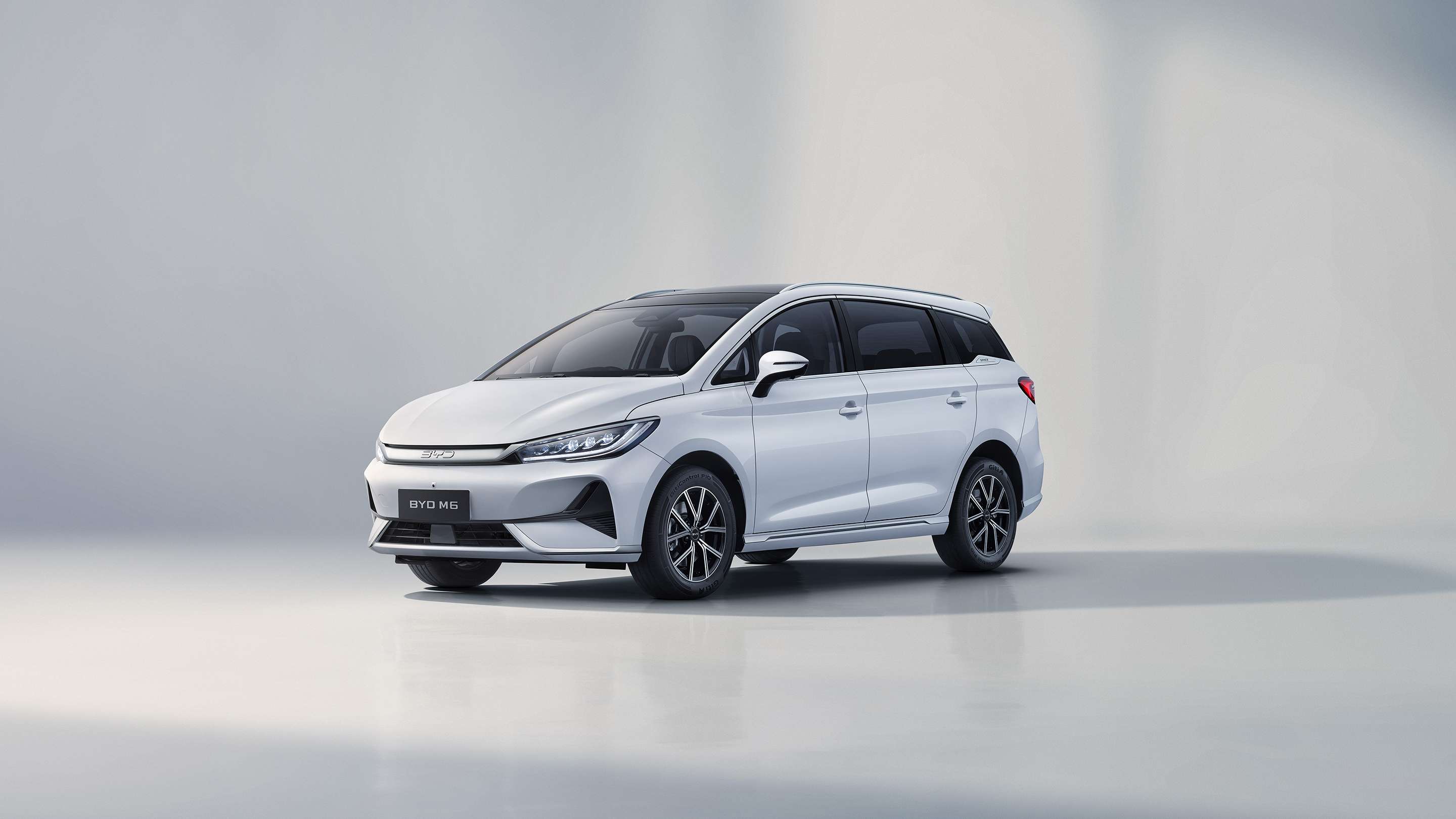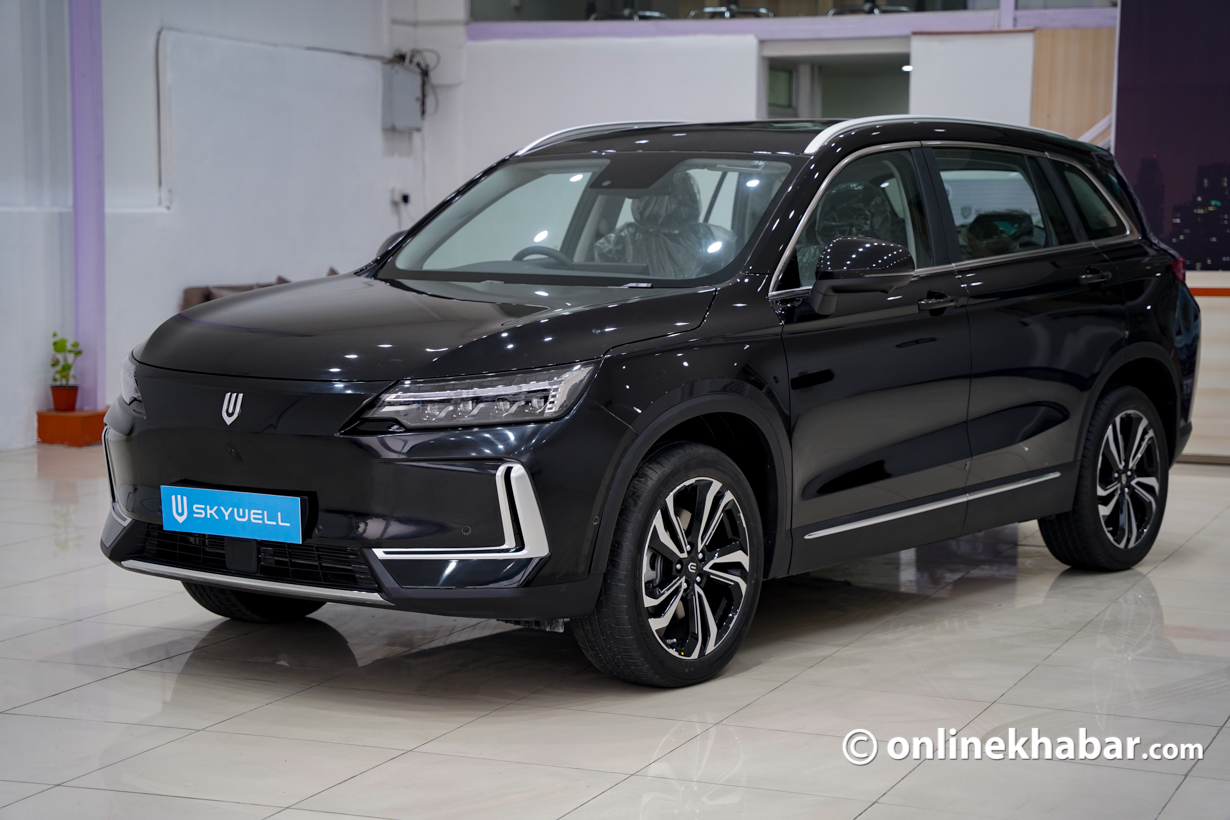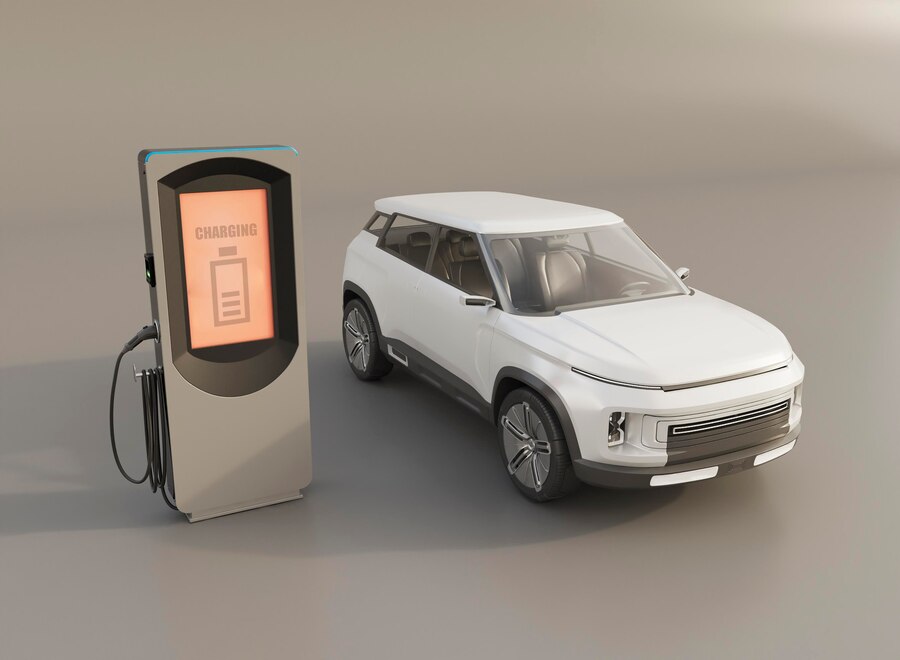
The electric vehicle market in Nepal has grown significantly over the past year.
Electric four-wheelers and two-wheelers are being launched almost every month, spanning from passenger to commercial vehicles. Electric transportation appears to be an emerging trend in the automotive industry.
New EVs are regularly introduced with advanced features as car companies develop unique electric platforms. One standout feature is regenerative braking.
Regenerative braking was first introduced in 1967 by the American Motor Car Company (AMC) in their prototype electric vehicle, the AMC Amitron. However, Toyota became the automobile manufacturer to implement regenerative braking system (RBS) technology in their Prius series hybrid vehicles in 1997. Toyota brought up the new hybrid technology in the Prius when fuel prices were going up at a massive rate.
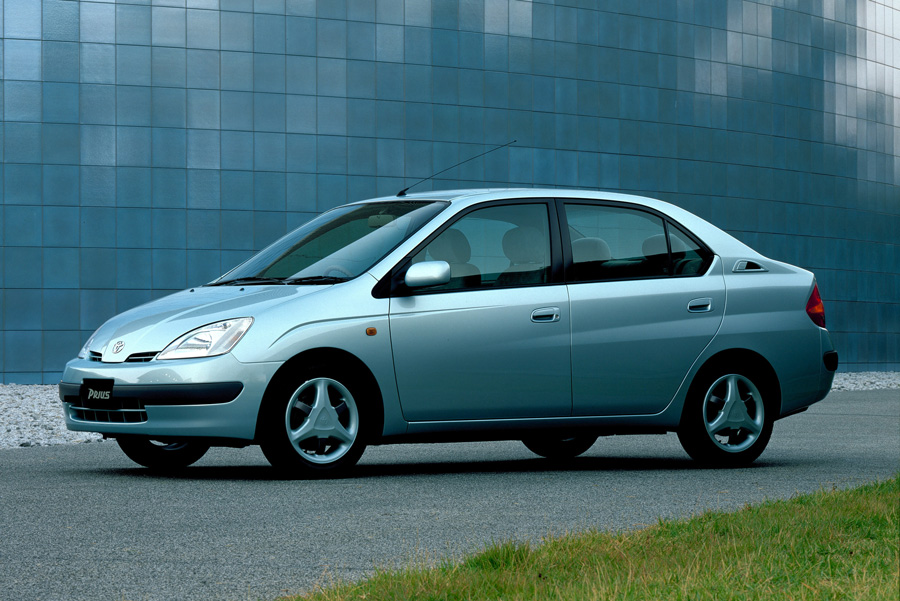
But what is regenerative braking? There are still many people confused about what it is, whether it is safe or helpful in fuel economy in hybrid cars and the regeneration of electricity in electric cars.
In simple terms, regen braking is when a car saves energy by recharging its battery when you brake, helping it use less fuel or electricity and go further. Easy but scientifically, regen braking is a process used in vehicles where the kinetic energy produced during braking is converted into electrical energy through an electric motor acting as a generator. This electrical energy is then stored in the vehicle’s battery for later use, reducing energy wastage and increasing overall efficiency.
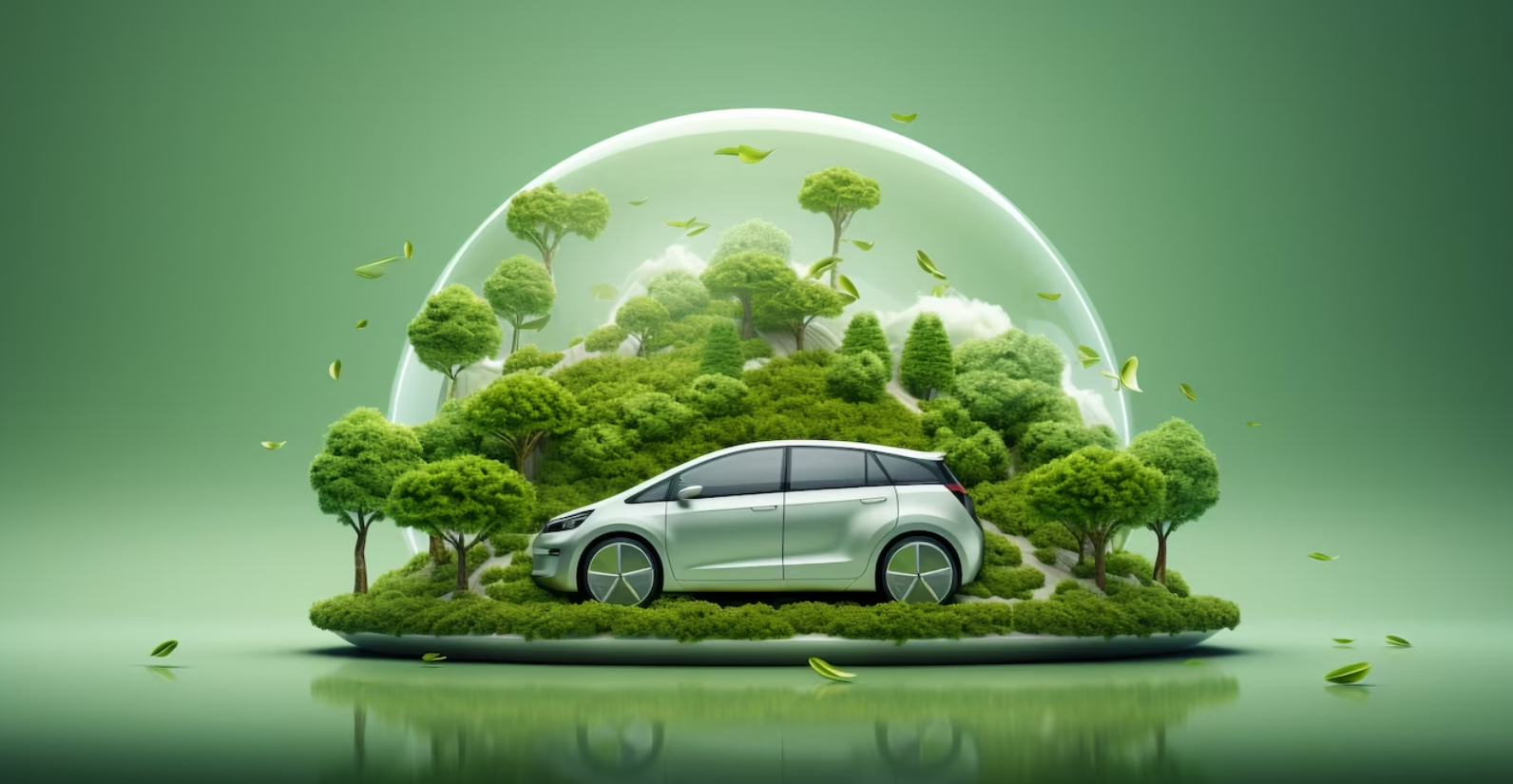
Regen braking can be seen in all kinds of EVs, including cars, scooters, commercial vans, buses, bicycles, three-wheelers, and rickshaws. It now can be electrically managed to what extent the power and braking can be generated.
Regenerative Braking work process in EV
- Principle of Operation: Regene braking works by turning the energy from slowing down into electricity.
- Electric Motor as a Generator: In EV or hybrid cars with regen braking, the motor changes roles from moving the car to making electricity when you brake.
- Switching Polarity: When you brake, the motor switches directions, turning energy from the wheels into electricity instead of using it to move the car.
- Generation of Electricity: The turning wheels make the motor produce electricity, which goes to the car’s battery.
- Power Electronics: Special electronics change the electricity from the motor into the right kind for charging the battery.
- Battery Charging: The electricity made during braking charges up the car’s battery, storing the energy for later.
- Integration with Hydraulic Braking System: Regenerative braking works with the regular brakes, blending them for smooth stopping.

Advantages and Disadvantages of Regenerative Braking
The advantages are listed below:
- Energy Efficiency: Regenerative braking efficiently captures the kinetic energy generated during braking, effectively reducing energy wastage and contributing to a more sustainable driving experience.
- Extended Range: By using the energy that would otherwise be lost during braking as heat and sound, regenerative braking helps to extend the driving range of electric vehicles in instances such as travelling downhill.
- Reduced Brake Wear: Regenerative braking minimizes the strain on traditional braking components, mitigating wear and tear, and potentially extending the lifespan of the braking components such as brake pads, rotors and brake lines, thus reducing maintenance costs over time.
- Enhanced Driving Experience: Regenerative braking provides a smoother braking experience and a more responsive feel to drivers, enhancing overall driving comfort and control on the road.
The disadvantages are listed below:
- Limited Effectiveness at Low Speeds: While regenerative braking efficiently recaptures energy during braking, its effectiveness diminishes at lower speeds which leads to decreased energy recovery compared to higher speeds.
- Complexity and Cost: Implementing regenerative braking adds complexity and cost to vehicle systems, potentially raising manufacturing and maintenance expenses, and impacting consumer affordability.
- Maintenance Requirements: Regenerative braking systems require periodic maintenance and calibration to ensure they operate optimally.
- Efficiency Variability: Regenerative braking may exhibit variability in efficiency under extreme weather conditions or on certain road surfaces, leading to fluctuations in overall energy recapture and impacting the vehicle’s efficiency.
Misconceptions
- Fully Recharges Battery: Some mistakenly believe that regenerative braking fully replenishes the battery, but in reality, it only adds a modest amount of charge.
- Increases Braking Distances: There is a misconception that regenerative braking extends braking distances, but it enhances braking performance by complementing traditional brakes.
- High-Speed Only: While more effective at higher speeds, regenerative braking still functions at lower speeds, such as during city driving or stop-and-go traffic.
- Maintenance-Free: Despite requiring less maintenance than traditional brakes, regen braking systems still need periodic checks and maintenance to ensure proper operation.
- Significantly Boosts Range: While regen braking contributes to extending the driving range of electric vehicles, its impact is influenced by various factors beyond just braking efficiency.
- Only for Electric Cars: Although commonly associated with electric vehicles, regen braking systems are also found in some conventional vehicles, particularly those aiming to improve fuel efficiency with advanced technology.

Regenerative braking might sound complicated, but it is pretty cool. Think of it as a way for EVs and hybrids to recycle energy when they slow down. Instead of just wasting that energy, regenerative braking turns it into electricity, which can then be used to power the battery.




